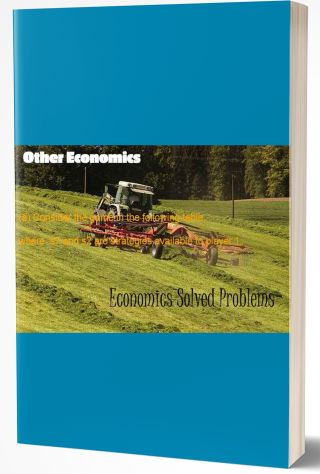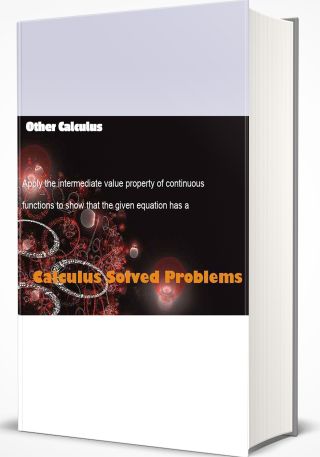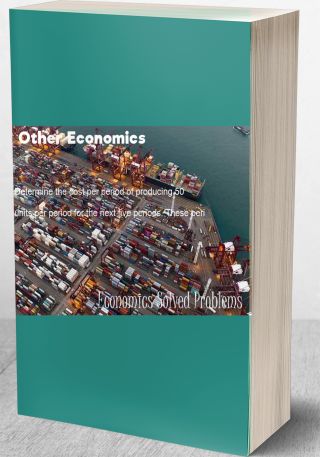(a) Explain the meaning of risk aversion. (b) Carol is considering placing a bet B on a horse to win
Question: (a) Explain the meaning of risk aversion.
(b) Carol is considering placing a bet B on a horse to win a race. Her initial wealth is W and the odds are q so that her wealth will be W-B if her favoured horse fails to win and W + qB if the horse wins. Carol assesses the probability of the horse winning to be p. She behaves as an expected utility maximiser, which is to say that there is a within-state utility function \(u\left( \cdot \right)\) such that she chooses the amount of the bet B to maximise \(pu\left( W+qB \right)+\left( 1-p \right)u\left( W-B \right)\), subject to B > 0. Carol's preferences are such that \(u\left( x \right)=-\frac{1}{x}\). Are the following statements true or false? Briefly justify your answers.
(i) Carol is averse to risk.
(ii) Carol will choose to place a bet B > 0 if and only if \(q>\frac{1-p}{p}\).
Deliverable: Word Document



![[Solved] Evaluate the following indefinite integrals: ∫{(4{e^x}+(7)/(x))dx} #1619 General Differentiation](/images/downloads-images/featured/Calculus-question-8103.jpg)



